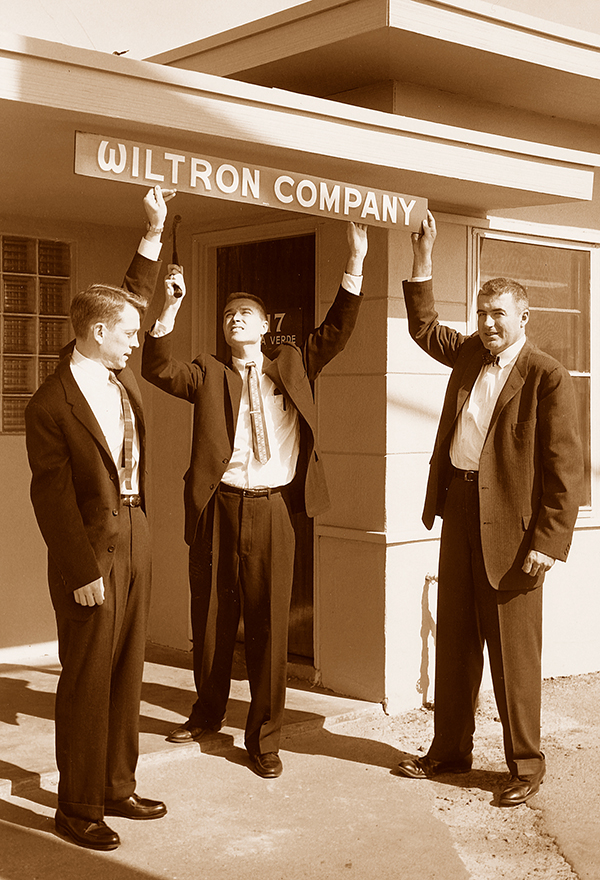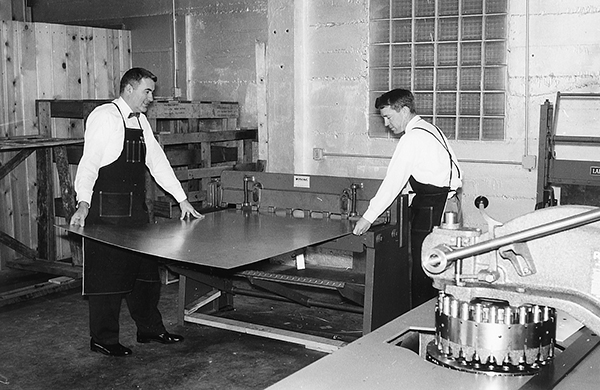In 1960 we started with an instrumentation company called WILTRON, eventually building it and several of its collateral companies up to a value of $180 million and then merging it with a large Japanese company in the same field. In the process, many old time WILTRON employees became millionaires many times over.
WILTRON was an independent company from its founding in 1960 to its sale in 1991, and I was president during all that time. Being president of a new company is glamorous. If successful, you get instant respect. On the other hand, there are those 18-hour days that consume your life. After a few years I resolved that I would not get burned out that way. So after I got the company up and running, I made a bargain with my key employees that I would take time off regularly to travel, to study, to do things other than just work all the time. That is how I was able to spend much time abroad.
Businessmen have a lot of power; they can greatly influence other peoples’ lives. And businessmen have their foibles. Perhaps I had more than the others. This being an autobiography, there is an instinctive motivation to tell it like it is. which I will do later on in this story.
Since I had worked in the Hewlett-Packard laboratory, I felt, perhaps naively, that it would be better not to get into products competitive with Hewlett-Packard. So we got started off in a completely new product area, that of phase measurement of microwave signals. But Hewlett-Packard wasted no time jumping full force into this new area. They had two motivations: one, to compete vigorously with our offshoot company and secondly, since their engineers were short of new product ideas, they took their ideas where they could find them. A simple way to describe phase measurement is to reflect that microwave frequencies are in essence sine waves, the same sine wave that your normal house electricity has. Notice the waveform first going up with respect to a reference, then going down. Your house electricity goes positive and negative this way 60 times a second. That seems pretty fast, but imagine the typical microwave frequencies we were working with where this “up and down” excursion occurs ten billion times a second, and much higher. At these high frequencies, by measuring phase you could relate to a distance measurement of one ten-thousandth of an inch, or time measurement of a hundredth of a nanosecond, a nanosecond being a billionth of a second. The microwave frequency signals we were measuring were in the range where you propagate them always through air at the speed of light. For the .01° phase resolution we had, the signal would have progressed only about four ten-thousandths of an inch. I am still amazed that the state of the art should permit such fine measurements.
These instruments have a lot of scientific applications but, as usual for microwave frequency, the initial big application was for the military. The military used phase information to pinpoint enemy radars and to make its phase array radars, which is what it must depend upon for anti-ballistic missile protection.
Ever since WWII the military has pushed to higher and higher frequency ranges. All its pioneering in microwave frequencies laid the groundwork for the explosion in satellite communications, which happened as if overnight.
WILTRON’s first products were reasonably general purpose but were mainly used by the big companies involved in making military products. The makers of radars were particularly important users of our microwave sweepers and vector network analyzers. Our goal all along, and one that we were successful in, was to develop instruments also for the telecommunications commercial market.
Home
| Grandfather | Father |
Myself | Main Index
![]()



